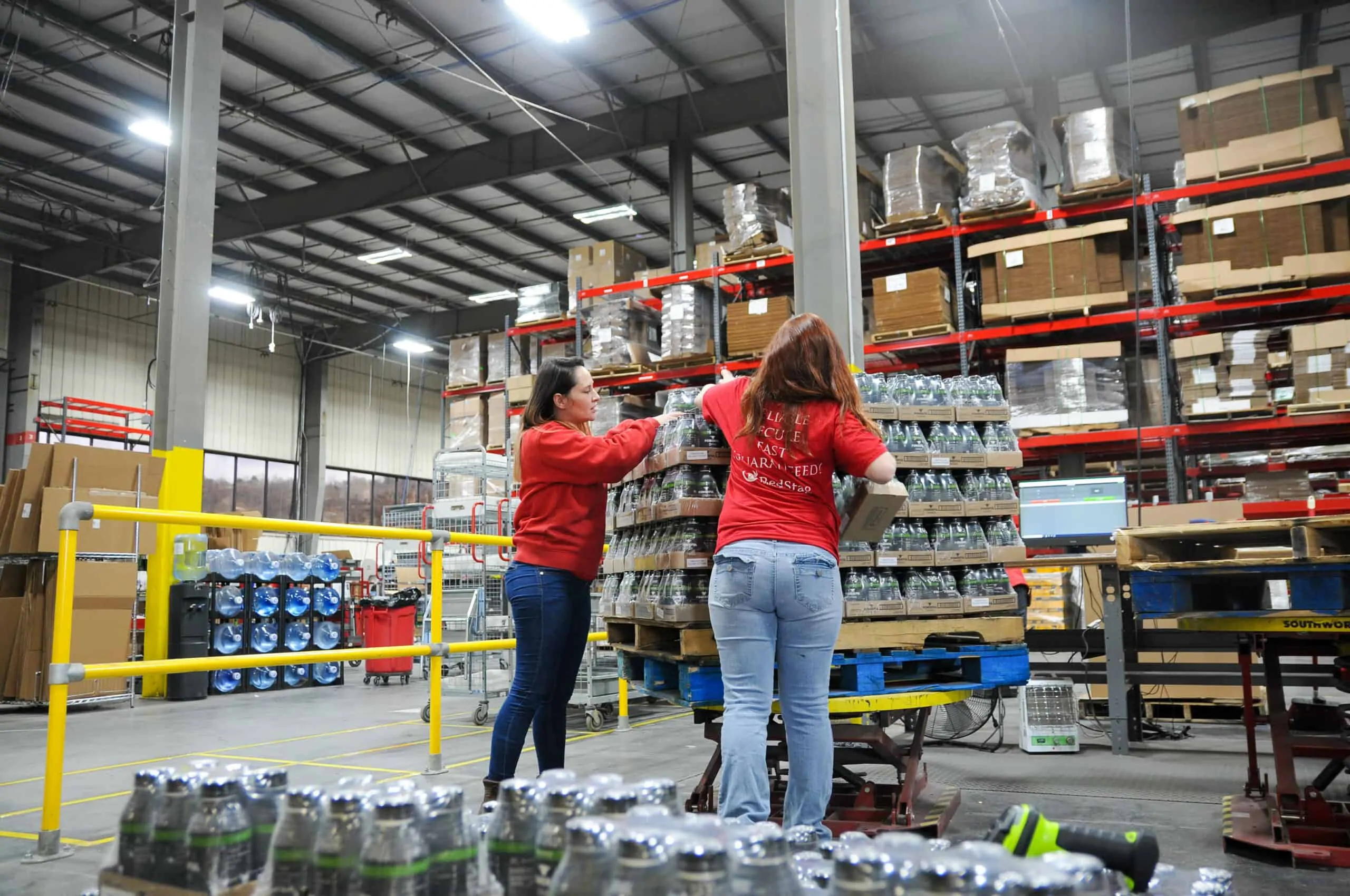You might not have heard of cross docking, but it just may be the solution to your ecommerce fulfillment problems. This is a time when many online retailers are facing difficulty in keeping products in stock. Cross-docking can help your business ship orders faster and more efficiently.
This year has brought a steep rise in demand for ecommerce products. At the same time, a breakdown in global supply chains has made it harder to source inventory. If you aren’t able to keep products in stock, some items may be backordered. When your product is back in stock, you’ll want to ship back orders as quickly as possible. To do that, you need a way to speed up each step of the process. Cross docking is a third-party logistics process that can prevent days of delay in your operations.

TL;DR:
Cross docking for ecommerce fulfillment

Cross docking moves products directly from receiving to shipping without warehouse storage, saving time and costs.

This strategy helps fulfill backorders faster, improving customer satisfaction during inventory shortages.

Benefits include reduced storage costs, faster order fulfillment, and simplified inventory management.
What is cross docking?

Cross docking is the process in which containers are unloaded from one truck at the receiving dock and reloaded onto a different truck at the shipping dock without being stored in the warehouse. Products move directly across the warehouse from inbound to outbound shipping, skipping the storage phase entirely.
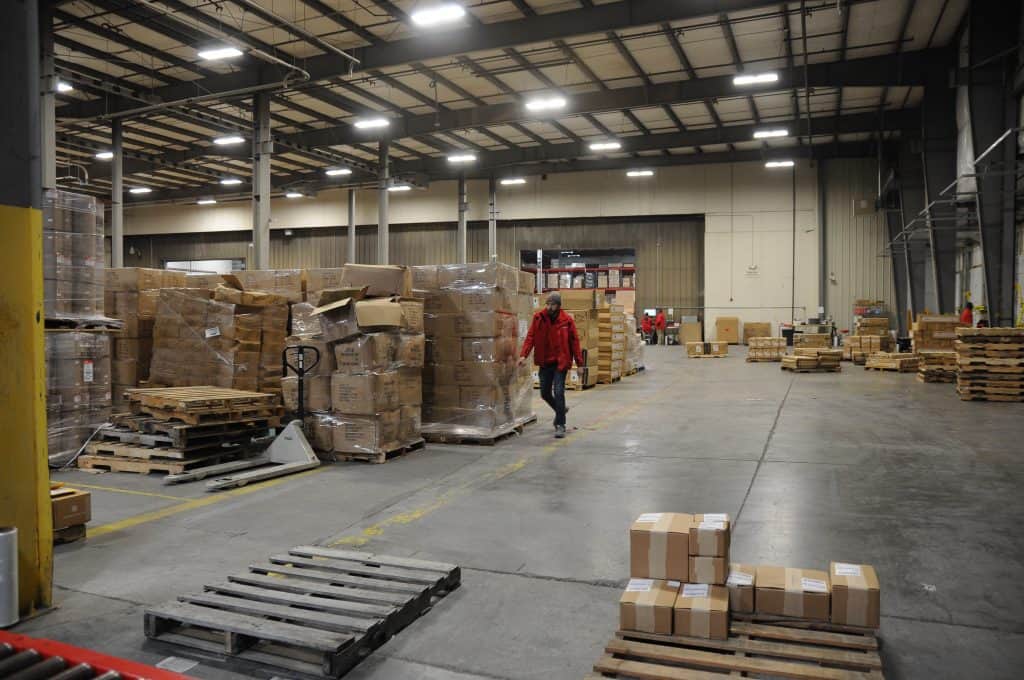
Here’s the process:
01
Shipping containers arrive at the receiving dock by truck or rail.
02
The shipment is combined or split into different pieces.
03
Those new pieces are loaded to head to their next destination.
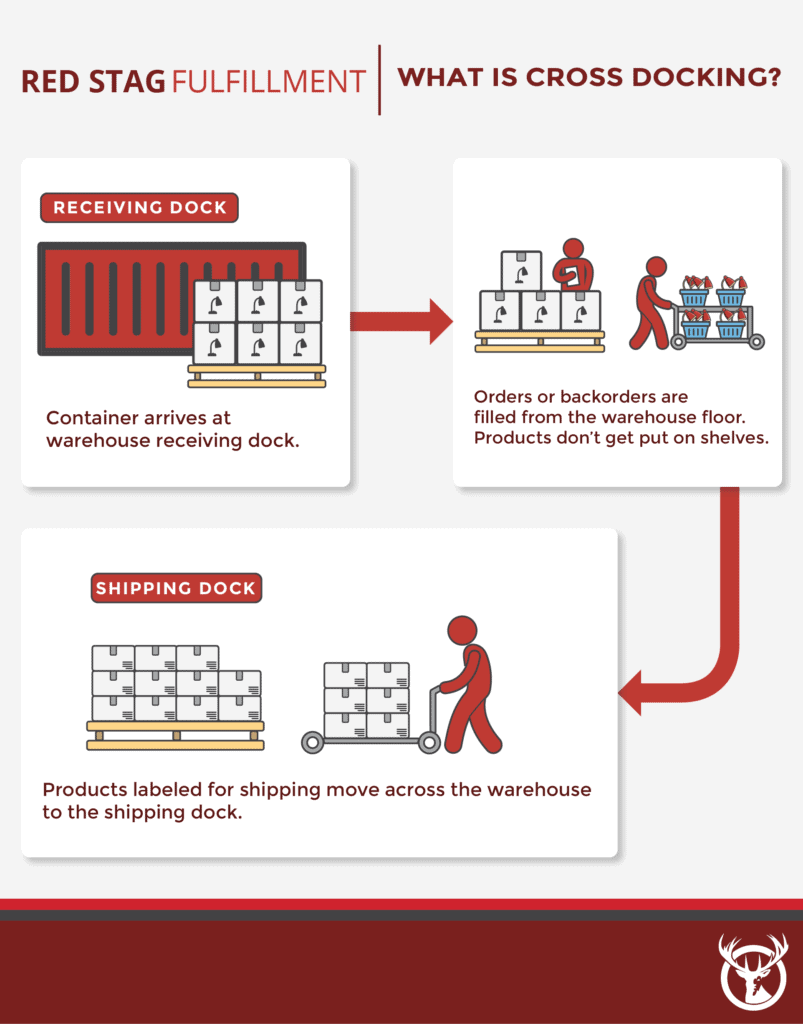
Cross docking is used to efficiently and quickly transfer freight from one mode of transport to another. Full truckload freight (FTL) or less than truckload (LTL) freight is unloaded into the warehouse. Once there, workers load them onto an outbound truck for the next leg of their journey. The term cross-dock comes from the fact that freight is moved across from one dock to another without warehousing in between.
In traditional warehousing, the answer to the question, “Why is cross docking used?” is simple. Cross-dock operations are useful because they simplify inbound and outbound transfer. Large retailers may use a cross dock system in a hub and spoke warehouse. Products arrive from manufacturers in a central warehouse. Using a cross docking system, they are processed and shipped to many different retail locations.
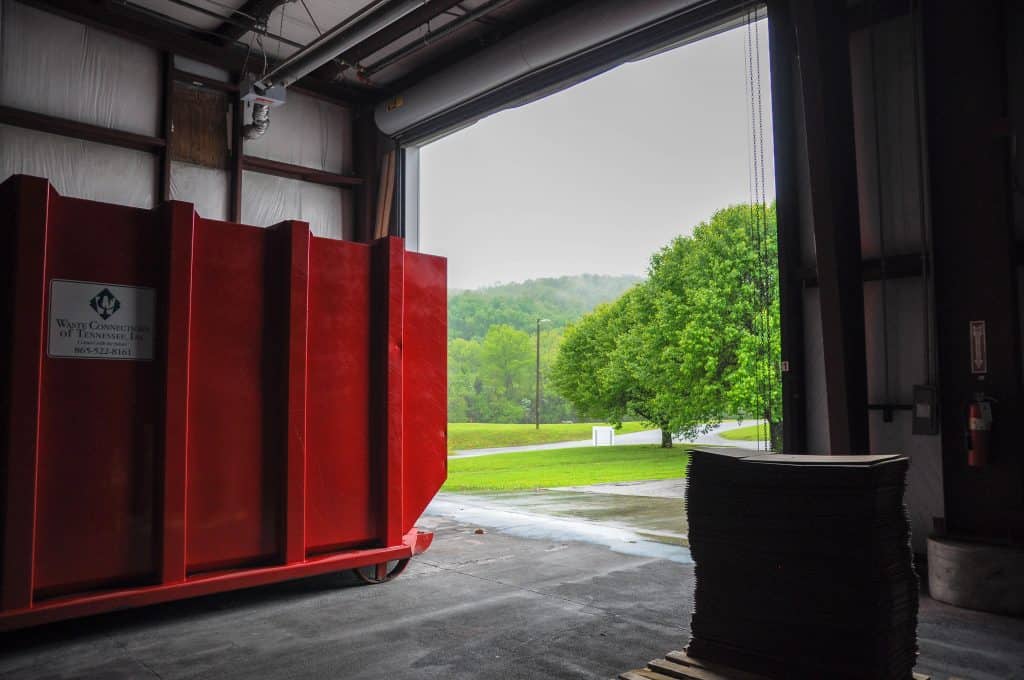
Fulfillment innovations
Cross docking has applications beyond multimodal freight shipments, however. Some 3PLs are turning their fulfillment centers into cross dock facilities. This innovation allows the ecommerce fulfillment warehouse to fill backorders using a cross docking strategy.
What are backorders?
When the demand for one of your products is greater than your manufacturer can meet, what do you do? If you mark the item out of stock, you lose sales. Worse, you could be sending loyal customers to your competition — and they might not come back. Another option is to make the item available as a backorder. You take orders and then fill them as soon as you get fresh stock. Customers understand that when they order a backordered item, it will take longer to arrive.

PRO TIP: In many cases, customers are willing to wait for backorders. However, the longer it takes you to ship, the greater the chance of customers canceling their orders. When you use a third-party logistics company with a cross docking system, you can reduce the time it takes to ship backorders.
Systems needed for cross dock services
To make a cross docking system work, a distribution center needs to have processes in place to handle cross docking. Good communication between your multichannel ecommerce management systems and the warehouse are essential.
Inventory management systems have to be compatible with cross docking services. Most order fulfillment companies use barcodes and labels on warehouse shelves to track inventory. A cross dock facility needs to be able to process orders directly from pallets on the warehouse floor. And the cross dock warehouse should be able to do this while also tracking inventory.

Key Takeaway: Even though cross dock operations ship products faster, inventory still needs to be logged. The cross-dock warehouse needs to be able to track every item as it comes and goes. This ensures that inventory is not lost or damaged. In addition, a successful cross docking system needs to integrate with delivery tracking.
Normal fulfillment operations process orders as they come in. When you fulfill backorders through cross docking warehousing, you may need to tweak your systems. You’ll want to communicate with your 3PL services company to make sure the oldest orders get filled first.
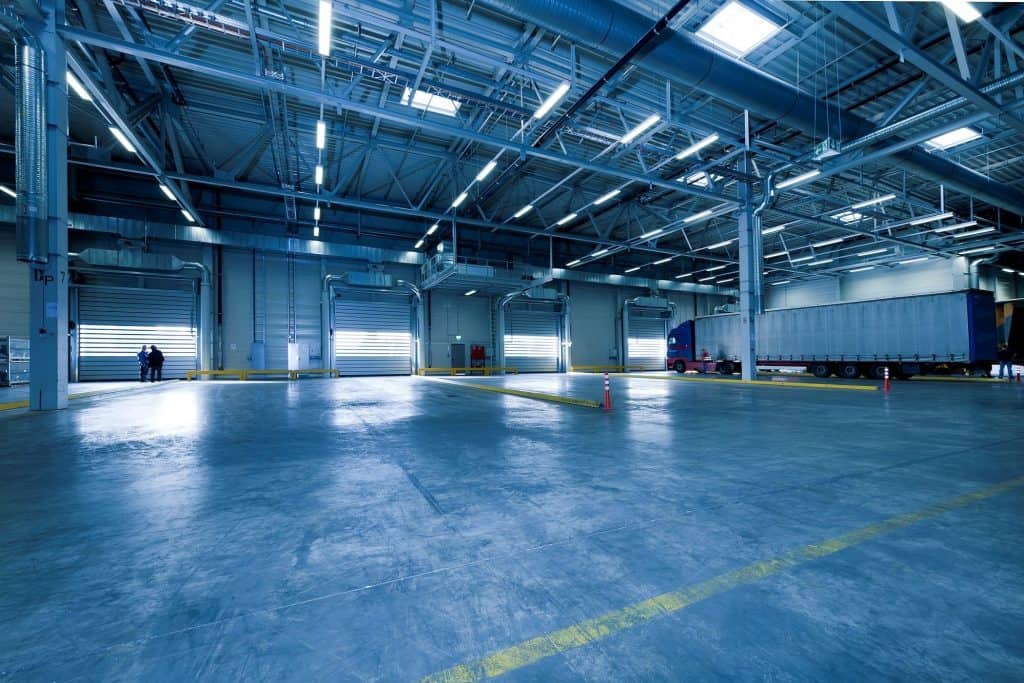
Advantages of using a cross docking facility to fill backorders
While cross docking carries some risks, there are several benefits to working with a cross docking facility.

Save on storage costs. When you fill backorders through cross-docking, you don’t have to pay for storage space. Your products are in and out of the warehouse without ever being put on shelves. This saves you on labor costs as well as charges for storage time.

Fill backorders more efficiently. In traditional warehousing, your products will probably spend time on the receiving dock. This could be anywhere from a couple of days to a week. Then they will be placed on shelves and logged into inventory. Only after that could the 3PL fill your orders. Cross docking facilities can turn around a shipment right away.

Orders get loaded onto the outbound truck quickly. A cross dock terminal can move your products in and out fast. Your orders can go from receiving to shipping in a day or two. That puts backorders in your customers’ hands quickly.

Simplify your inventory management. With a cross docking system for order fulfillment, you don’t have to worry about minimum inventory levels. Stock continuously moves in and out of the cross dock facility. You don’t need to pay long-term storage fees. Your inventory doesn’t grow stale or outdated. The cross-docking, pre-order business model doesn’t work for every online retailer. However, if you can take advantage of cross docking, it can be a cost-effective way to streamline your logistics.

Which fulfillment companies have a cross docking warehouse?
If you call some ecommerce fulfillment companies to ask about cross docking, they might respond with, “What is a cross dock?” Cross docking is more common in distribution centers than in order fulfillment warehouses.
At Red Stag Fulfillment, we are committed to helping our clients fill backorders as quickly as possible. In addition to traditional storage space and fulfillment services, we also provide cross docking services. We have modified our warehouse management system to track products from the container to the shipping station. We have also put systems in place to prevent damage to orders fulfilled by cross docking.
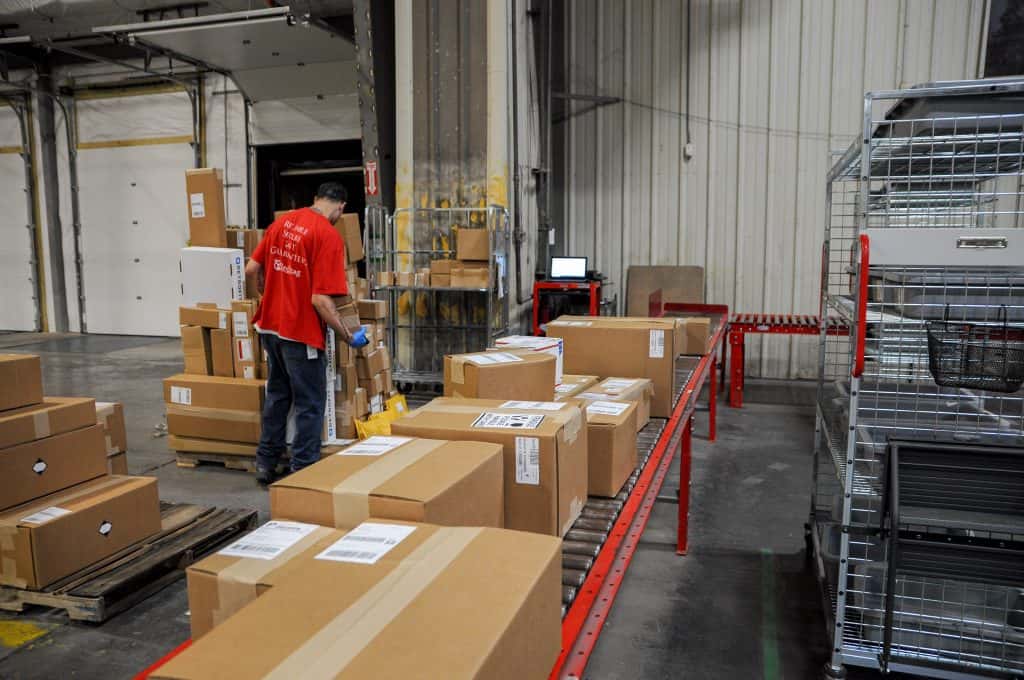
Some ecommerce companies are doing a higher volume of business than usual right now. That includes some of our clients. At the same time, supply chain disruptions can make it harder to meet even normal demand. Red Stag Fulfillment is stepping up to help with this supply chain crunch. Our innovative cross dock system helps backorders move from inbound to outbound in the shortest time possible.
Need cross docking services for your ecommerce business?
Red Stag Fulfillment offers innovative cross docking solutions to help you ship backorders faster and keep your customers happy. Our experienced team and advanced warehouse management systems ensure your products move efficiently from receiving to shipping with proper inventory tracking.









